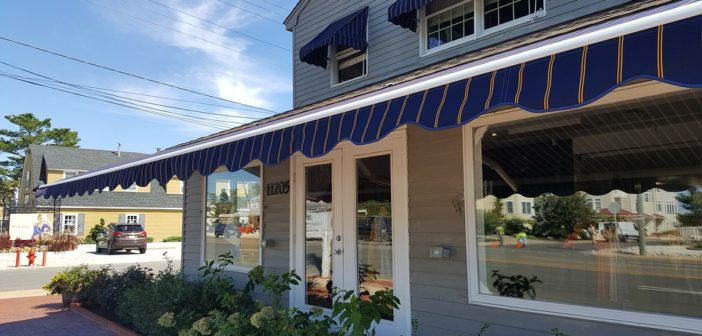A remodeling project can be as simple as new paint and floor coverings or it can be as extensive as tearing down walls and installing new fixtures. Since it can be an expensive project, the last thing you want to do is something that you will later regret. Here are eight remodeling mistakes that are commonly made and how to avoid them.
1. Budget
The cost of a remodel can sometimes end up being more than expected, especially if the plans are changed along the way. Set a realistic budget and stick with it. While you might leave yourself a little wiggle room if you find something that you must have incorporated in your remodels, only you need to know about this budget surplus. The last thing you want is to finish a beautiful remodeling project and feel undue stress because of the final cost.
2. Contractor
Consider hiring a contractor for any job he is out of your realm of expertise. Don’t be tempted to hire the cheapest bid you get from a contractor. You’ll want to get a few bids to compare costs as well as get a feel for which contractor you can trust with your remodel. Hiring the least expensive one might not be the best idea. While the cost will be a consideration, make sure to check references as thoroughly as possible before choosing a contractor to be in charge of your remodeling project.
3. Measuring
There’s not much worse than buying a certain amount of something based on what you measured and finding out you didn’t buy enough, especially if you received any sort of price reduction when you bought in quantity. It could be anything from cabinets to doors to flooring. With flooring, you’ll want to buy about twenty percent extra for cutting variations and mistakes. If you’re adding new cabinets and appliances to your kitchen, plan for the size of the appliances before measuring the cabinet space. Measure it, measure it again, and before you place the final order, check all measurements one last time.
4. Style
If your project is leaving some of the old looks of the house and mixing in some newer elements, you’ll want to make sure they compliment each other. You can actually find some pretty good apps that will let you create images of your final project so you can see how it all looks together.
Also, take into consideration what overall design style you are choosing. A newer, trendy theme can remain stylish for years. Or, you could choose a more timeless style that could last forever. It all depends on your particular tastes and how often you plan to remodel.
5. Functionality
If your remodel involves adding new spaces or significantly altering existing ones, make sure that you get a good feel for the flow of the space before you commit to a plan. Especially in the kitchen, ease of accessibility will be key to being able to enjoy your new space.
6. Neglecting the Basics
If you’re tearing things apart to make them better, make sure the fundamental basics are in good shape. During a remodel is the time to check wiring, pipes, insulation, plumbing, etc.
7. Quality
The cost of remodeling is a significant investment in your home. While you are trying to stay within your budget, this is not the time to scrimp on quality. Buying high-quality building materials and appliances will save you money in the long run. Replacing windows, doors, or siding are other projects where quality matters.
8. The Details
Try to think about the little things that you can add to your remodel during the planning and budgeting phase. There may be areas in the kitchen where you want to add conveniences, or maybe you’re thinking of some built-ins for the family room. If ideas arise during the remodeling phase, and they will, you should still consider adding them in if it’s something that you really want. This might be something you could use that buffer you already budgeted for. Don’t end your project wishing you’d added something else.




